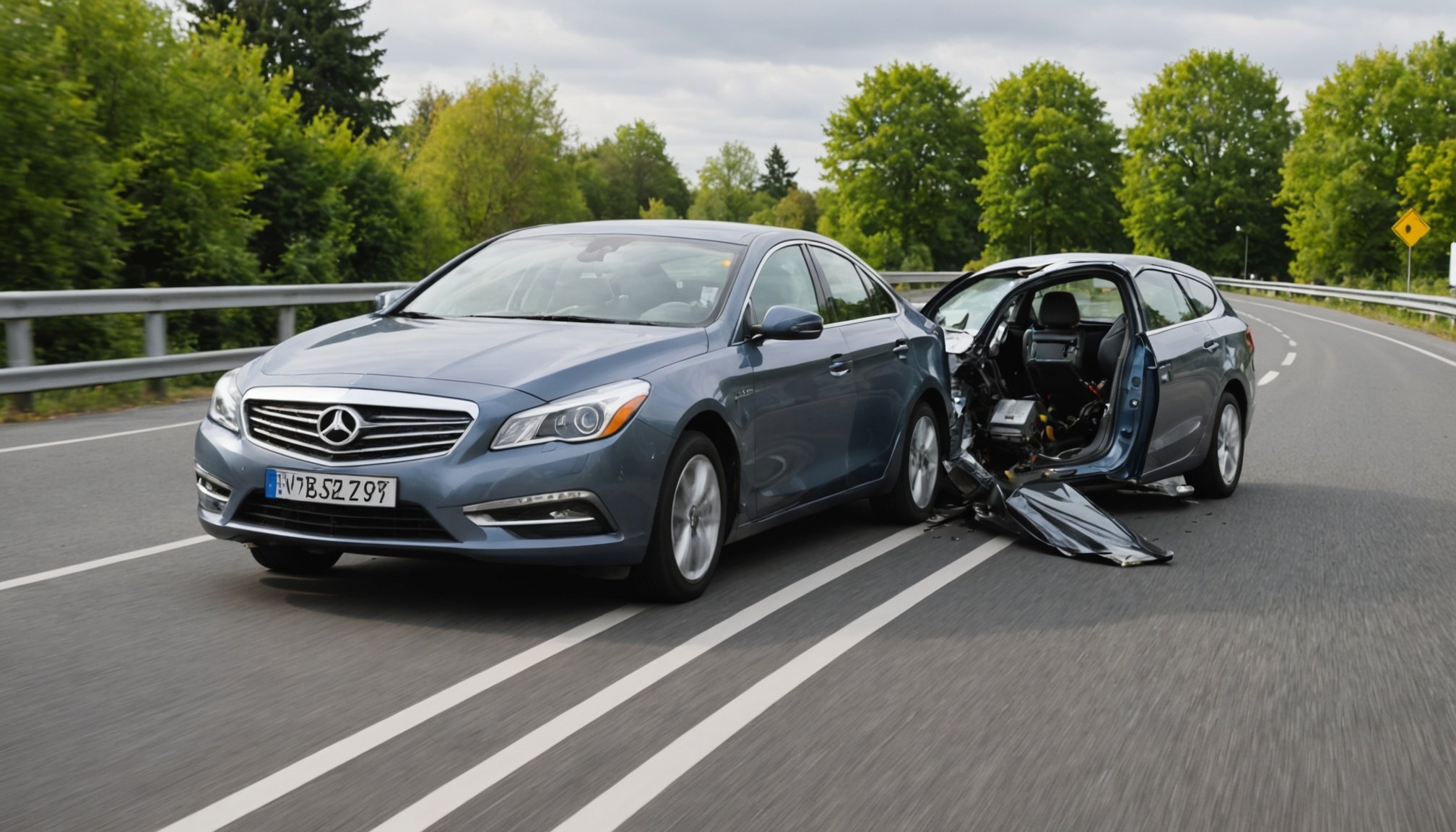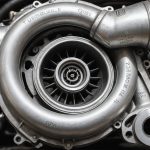In today’s rapidly evolving automotive landscape, vehicle safety has taken center stage. Advanced Driver Assistance Systems (ADAS) have become an integral part of modern vehicles, offering features that significantly enhance driver safety and collision avoidance. However, for these systems to function correctly, precise calibration is essential. In this article, we will explore how you can ensure that your vehicle’s collision avoidance system is accurately calibrated.
Understanding ADAS and Their Importance
Advanced Driver Assistance Systems (ADAS) are designed to assist drivers in the driving process, making roads safer for everyone. These systems use a combination of sensors, cameras, and other technologies to monitor the environment around the vehicle. Key ADAS features include adaptive cruise control, lane departure warnings, automatic emergency braking, and collision avoidance systems.
The calibration process is critical because it ensures that all the sensors and cameras are correctly aligned and functioning as intended. Even a minor misalignment can lead to inaccurate readings, which can compromise the effectiveness of the safety systems. Proper calibration, therefore, is crucial for maintaining vehicle safety.
The Role of Windshield and Sensor Placement
One of the most common reasons for ADAS calibration is the replacement of the windshield. Modern windshields often house various sensors and cameras essential for the ADAS features. When a windshield is replaced, the sensors and cameras need to be recalibrated to ensure they are positioned correctly.
This might interest you : What are the signs that a vehicle’s powertrain control module (PCM) needs servicing?
Windshield calibration involves precise adjustments to realign the sensors and cameras. This process requires specialized equipment and expertise. Failing to recalibrate the sensors can result in inaccurate readings, which can compromise the effectiveness of the collision avoidance system.
Additionally, other factors such as minor collisions, suspension repairs, and even routine maintenance can affect the sensor alignment. Therefore, it is crucial to have your vehicle’s ADAS system checked and recalibrated as needed to maintain optimal functionality.
The Calibration Process Explained
The calibration process for ADAS involves several key steps to ensure accuracy. There are two primary types of calibration: static and dynamic. Both are essential to ensure that the vehicle’s safety systems are functioning correctly.
Static Calibration:
Static calibration is performed in a controlled environment, such as a workshop. The vehicle is placed on a level surface, and specialized equipment is used to adjust the sensors and cameras. This process does not require the vehicle to be driven and is typically more precise.
Dynamic Calibration:
Dynamic calibration, on the other hand, requires the vehicle to be driven in specific conditions. This process involves calibrating the sensors and cameras while the vehicle is in motion, ensuring that they function correctly in real-world driving scenarios. Dynamic calibration often complements static calibration, providing a comprehensive calibration service.
Both types of calibration are necessary to ensure that the ADAS systems are accurately calibrated. Skipping either step can result in suboptimal performance of the safety systems, which can compromise the vehicle’s ability to avoid collisions effectively.
The Importance of Professional Calibration Services
Given the complexity of ADAS calibration, it is advisable to seek professional calibration services. Trained technicians have the expertise and specialized equipment required to perform accurate calibration. DIY calibration is not recommended, as it can lead to incorrect adjustments and potentially compromise the functionality of the safety systems.
Professional calibration services involve a thorough inspection of the vehicle’s sensors and cameras. Technicians will use advanced diagnostic tools to identify any misalignments and make the necessary adjustments. This process ensures that the collision avoidance system is functioning at its best, providing maximum safety for the driver and passengers.
Additionally, professional services often come with a warranty, giving you peace of mind that the calibration has been performed correctly. It is important to choose a reputable service provider with experience in ADAS calibration to ensure the best results.
Ensuring Long-Term Accuracy of ADAS Systems
Once your vehicle’s ADAS has been calibrated, it is important to maintain its accuracy over time. Regular maintenance and inspections are essential to ensure that the sensors and cameras remain correctly aligned. This is particularly important if your vehicle has been involved in a collision, undergone suspension repairs, or had the windshield replaced.
Here are some tips to ensure the long-term accuracy of your ADAS systems:
- Regular Inspections: Schedule regular inspections with a professional to check the alignment of your sensors and cameras.
- Prompt Repairs: Address any issues promptly to avoid compromising the functionality of the safety systems.
- Software Updates: Ensure that your vehicle’s software is up-to-date, as updates can improve the performance of the ADAS features.
By following these tips, you can ensure that your vehicle’s collision avoidance system remains accurately calibrated, providing optimal safety for you and your passengers.
In conclusion, ensuring that your vehicle’s collision avoidance system is accurately calibrated is essential for maintaining vehicle safety. ADAS features rely on precise calibration of sensors and cameras to function correctly. Whether it’s a windshield replacement, minor collision, or regular maintenance, having your ADAS systems accurately calibrated is crucial.
By understanding the importance of calibration, seeking professional services, and maintaining regular inspections, you can ensure that your ADAS systems are functioning at their best. This not only enhances your safety on the road but also provides peace of mind knowing that your vehicle is equipped with the latest driver assistance technologies.
In summary, accurate calibration of your vehicle’s collision avoidance system is key to ensuring optimal performance and safety. By following the steps outlined in this article, you can ensure that your ADAS systems are accurately calibrated and functioning correctly. Proper calibration is not just a one-time process; it requires ongoing maintenance and inspections to ensure long-term accuracy. Stay proactive and prioritize the calibration of your vehicle’s safety systems to enjoy the full benefits of advanced driver assistance technologies.











